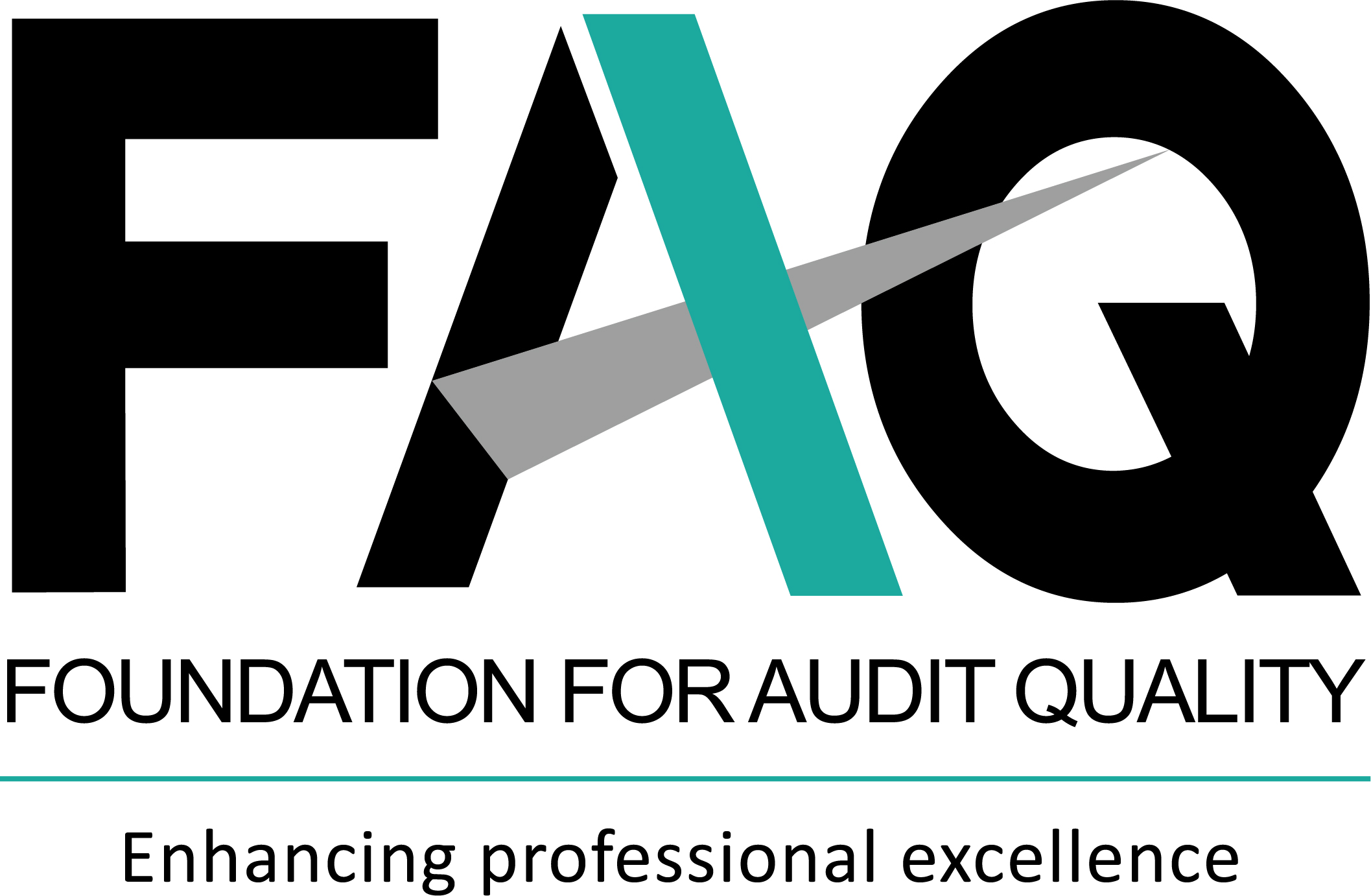Regulatory updates
Updates from SEBI
In November 2022, the Securities and Exchange Board of India (SEBI) had amended the SEBI (Prohibition of Insider Trading) Regulations, 2015 (PIT Regulations) to include trading in mutual fund (MF) units within the ambit of PIT Regulations effective 1 November 2024. In order to streamline the implementation of the amendments to the PIT Regulations, SEBI issued a circular dated 22 October 2024 (the circular) which provides the following clarifications:
To facilitate the implementation of the circular the following requirements have been put in place:
- Disclosure of holdings: As per the PIT Regulations5 Regulation 5(E)(1) of PIT Regulations , an Asset Management Company (AMC) is required to disclose on the stock exchange, on a specified date as prescribed by SEBI and on a quarterly basis thereafter, details of holdings in the units of its mutual fund schemes, on an aggregated basis, held by the Designated Persons of the AMC, trustees and their immediate relatives (together referred to as relevant persons). The circular clarified that AMCs should provide an initial disclosure of the holdings of the relevant persons as at 31 October 2024. This disclosure should be made by 15 November 2024. Subsequent disclosures of holdings of relevant persons should be done on a quarterly basis starting from 1 November 2024. These disclosures should be made within 10 calendar days from the end of the quarter.
- Threshold based disclosure of transactions: As per the PIT Regulations6 Regulation 5(E)(1) of PIT Regulatio, all the transactions executed by relevant persons in the units of an AMC’s own mutual funds, above specified thresholds (threshold limit) should be reported to the compliance officer of the AMC. The circular has clarified that the threshold limit is INR15 Lakh per quarter across all schemes. Further, matters should be reported to the compliance officer within 2 business days from the date of the transaction.
- Formats: SEBI has specified the formats in which various disclosures are to be made.
Effective date: The circular would come into effect from 1 November 2024.
To access the circular, please click here
SEBI in its circular dated 27 May 2024 had prescribed that for FY2023-24 social enterprises are required to submit the annual disclosures and annual impact report under section 91C(1) and 91E(1) respectively of the SEBI (Listing Obligations and Disclosure Requirements) Regulations, 2015 (LODR Regulations) by 31 October 2024.
SEBI has now partially amended the aforementioned circular wherein it has extended the timelines for the above mentioned filings for FY 2023-24 to 31 January 2025.
To access the circular, please click here
Action points for auditors
- Social enterprises, and social impact auditors should note the revised timelines for submission of annual disclosures and annual impact report.
With an aim to provide liquidity to investors in the corporate bond market, SEBI on 16 October 2024 introduced an optional feature of ‘liquidity window facility’ (the facility) in debt securities7 Regulation 2(k) of the NCS Regulations defines ‘debt securities’ as: debt securities’ means non-convertible debt securities with a fixed maturity period which create or acknowledge indebtedness and includes debentures, bonds or any other security whether constituting a charge on the assets/ properties or not, but excludes security receipts, securitized debt instruments, money market instruments regulated by the Reserve Bank of India, and bonds issued by the Government or such other bodies as may be specified by the Board.The framework for liquidity window facility can be utilised by investors through the use of put options which are exercisable on pre-specified dates or intervals.
This option allows investors to sell their bonds back to the issuer before the maturity date, enhancing the liquidity and flexibility of corporate bonds.
Key features of this facility are:
- Optional facility: The issuer of debt security may at its discretion provide this facility to the investor. However, this facility would be provided only after the expiry of one year from the date of issuance of the debt securities. Also, this facility gives the issuer an option to determine the eligibility of investors to whom the facility is to be offered, i.e. to all investors or only to retail investors8 retail investor” shall have the same meaning as mentioned under Regulation 15 of the NCS Regulations. Currently it reads as: “retail investor” shall mean the holder of non-convertible securities having the aggregate face value not more than rupees two lakh.
- Prior approvals: The investor should ensure that the liquidity window facility has the prior approval of the board of directors and is monitored by the relevant authority.
- Aggregate limit: Issuers are required to establish a maximum limit for the total amount of debt securities that can be redeemed through the liquidity window, and this shall be 10% or more of the total issue size of such debt securities9 Such limits should be disclosed in the offer document at the time of issuance of such debt securities. . Furthermore, issuers may set sub-limits for each liquidity window session over the tenor of the facility to effectively manage redemption flows.
- Period of liquidity window: The liquidity window should be kept open for three working days. The liquidity window may be operated a monthly/quarterly basis at the discretion of the issuer10 This schedule of liquidity window/s should be disclosed upfront in the offer document .
- Valuation and payment: Debt securities should be valued on ‘T-1’ day where T is the first day of the liquidity window. Such valuation should be displayed throughout the period of liquidity window, on the issuer and stock exchanges’ website. Amounts would be payable to the investor within one working day from the closure of the liquidity window to the bank account linked with demat account of the eligible investor.
- Disclosure requirements: Various disclosure requirements along with timelines have been prescribed for the issuer .
Effective date: This circular would be applicable from 1 November 2024.
To access the text of the circular click here
SEBI, through circular dated 5 April 2023, and the Master Circular for Research Analysts dated 21 May 2024, outlined the advertisement code provisions that Research Analysts must follow in their advertisements.
To protect the investor’s interest and promote the development and regulation of securities markets, SEBI has issued a circular dates 24 October 2024 with respect to the advertisement code for RAs, wherein it has clarified that research reports and research recommendations are not considered advertisements unless they promote the products of services offered by the RA.
Further in another circular issued on 25 October 2024, SEBI under the Securities and Exchange Board of India (Research Analysts) Regulations, 2014 (“RA Regulations”) has mandated RAs to furnish certain reports and information to SEBI as may be specified from time to time and has also specified that all the provisions of Chapter II, III, IV, V and VI of the RA regulations would apply mutatis mutandis to the proxy advisers (PAs).
SEBI also recognised BSE Limited as Research Analyst Administration and Supervisory Body (“RAASB”) for the purpose of administration and supervision of RAs under regulation 14 of the RA Regulations, and prescribed certain reporting requirements of RAs and Pas.
To access the circular, please click 24 October 2024 and 24 October 2024
Our Insights
Tools and Enablers
- Standard workpapers
- Technology tools
Resources
- Regulatory updates
-
India updates
Accounting updates
Auditing updates
Regulatory updates
-
International updates
Accounting updates
Auditing updates
Regulatory updates
-
Recap on key updates
-
Publications
India Publications
International Publications
-
Matter for auditors’ attention
-
Discussion/Consultation papers and Publications issued by regulators
India Publication
International Publication
Exposure Drafts/consultation papers
EDs/consultation papers
Matters for Consultation

